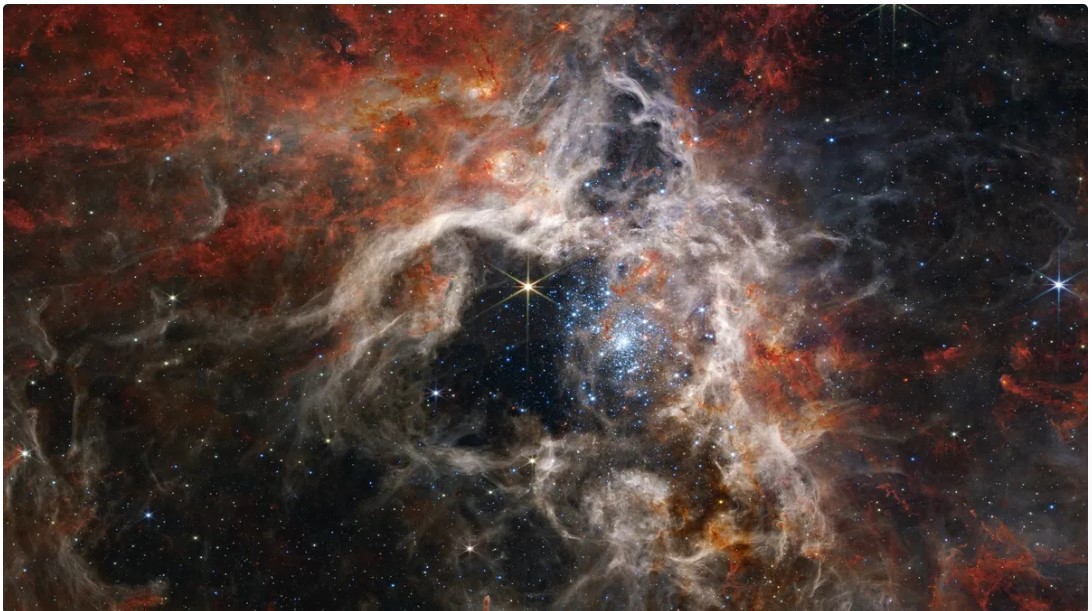We have a standard vision of what Mars looks like as a reddish, rocky planet, like in this Hubble image. The James Webb Space Telescope, however, sees the universe in infrared. Its first observations of Mars show how it'll be able to investigate the red planet in exciting new ways.
Mars in infrared
JWST is built to gaze deep into the universe, using infrared to penetrate dust and see objects that hide from other telescopes. But it's also useful for learning more about our planetary neighbors. On Sept. 5, Webb looked at Mars and gathered data with its Near-Infrared Camera, aka NIRCam.
Webb was able to see the side of Mars that was facing the telescope, called the observable disk. "As a result, Webb can capture images and spectra with the spectral resolution needed to study short-term phenomena like dust storms, weather patterns, seasonal changes, and, in a single observation, processes that occur at different times (daytime, sunset and nighttime) of a Martian day," said NASA in a statement Monday.
NASA released a graphic showing what Webb could see in two different wavelengths of infrared light. It brings home Webb's versatility and shows how shorter and longer infrared wavelengths can generate different sets of data. Here's a crash course in how Webb's infrared imaging works.


No comments:
Post a Comment